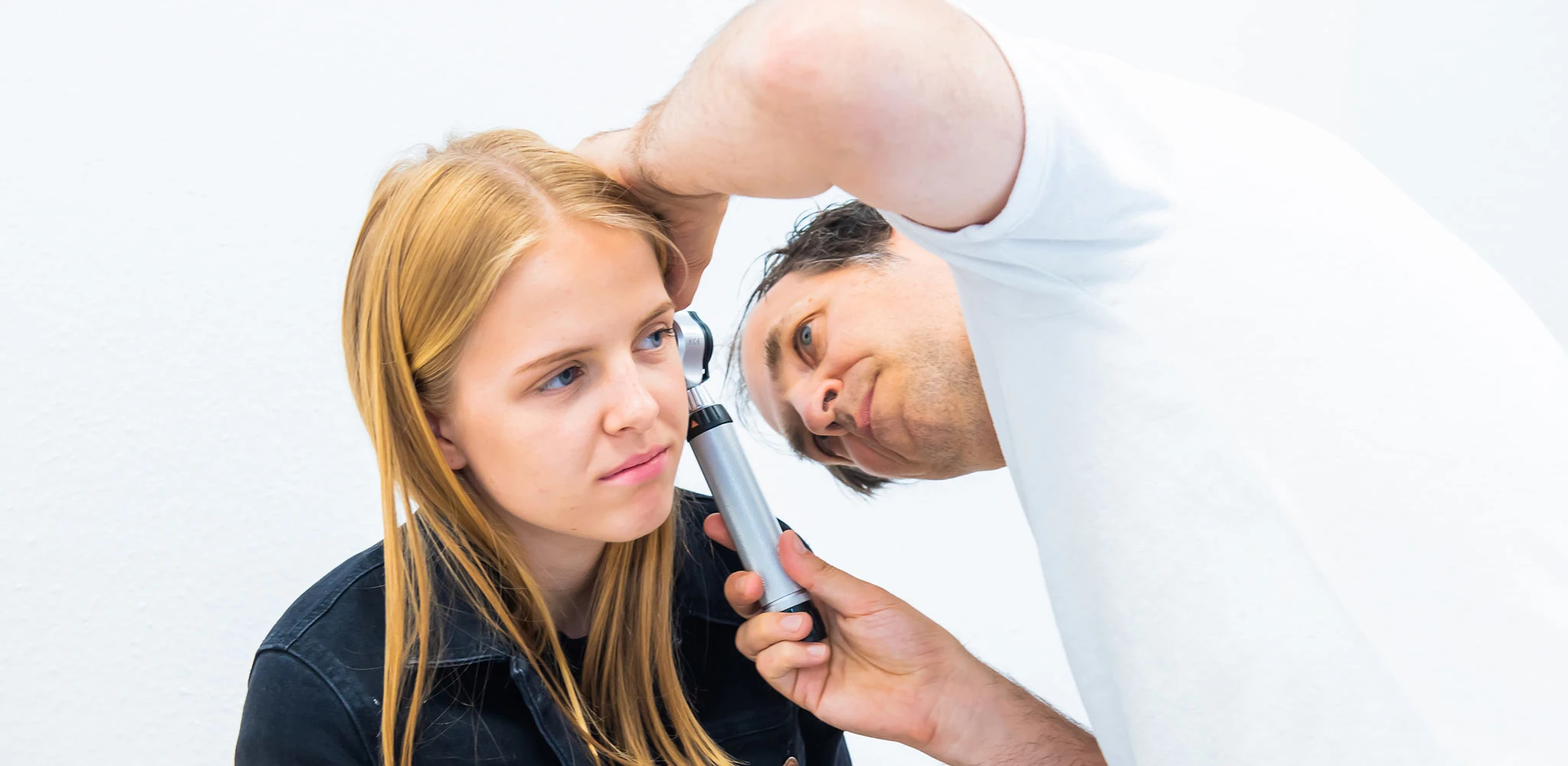The most important information about the U-examinations
They are fixed points for all parents: the famous U-examinations, which, at least in the early years, are documented in the equally famous yellow booklet.
When I took over the practice a good 15 years ago, there were actually only screenings between the ages of zero and five and then an adolescent check-up between the ages of 12 and 15.
In the meantime, this has become more complex and administratively more difficult. Many health insurance companies now also offer screenings for children between the ages of seven and nine and between nine and eleven. We do this too, but we usually tell parents that these two examinations - if everything is in order with their child - are not quite as important as the very important adolescent check-up and the very, very important check-ups between the ages of zero and five.
What is done during these screenings and why are they carried out? The main thing is that we paediatricians take a look at the child to see that it is developing within a certain standard corridor with regard to various aspects. This always includes checking the length and weight, and in the case of babies and toddlers also the circumference of the head. We also look at how motor, language and coordination skills are developing, for example.
Another very important point is that the screenings should give parents space to ask questions. They should be able to discuss their concerns and impressions of their child's development with the doctor. It often proves to be a good idea for parents to write down questions and topics in advance, e.g. directly in the yellow booklet.
An overview of the various "Us":
The U1 is carried out immediately after birth, usually by the gynaecologist.
The U2 is carried out between the third and tenth day of life, i.e. usually still in hospital.
For us in the practice, the screenings then begin with the U3 at the age of four weeks. During the first year of life, the U4, U5 and U6 also take place.
After that, there is an examination every year at two, three, four and five years of age (U7, U7a, U8, U9).
This is followed by the aforementioned transition phase, in which U10 and U11 have recently been added.
This is followed by what we consider to be another very important appointment: the adolescent screening (J1) between the ages of twelve and 15. Here, topics such as puberty, mobile phone and media consumption, sexual development, etc. can be addressed in depth.
Further interesting tips
Mouth fungus
For many, there is always room for a pilsner between the liver and spleen. In babies, unfortunately, there is often room for a troublesome fungus between the tongue and cheek. But don't worry: we can get it under control with a few simple measures.
Burns, scalds
"Paulinchen was home alone ..." - many of you know the fate of the girl from Struwwelpeter. Here are our tips for preventing and treating burns and scalds so that your children are spared this.
Growing pains
Are you interested in winning a Nobel Prize for Medicine? Then we have a tip for you: try to find out why growing hurts even though it doesn't hurt. Sounds mysterious? It is a bit.
